-
 Bitcoin
Bitcoin $112400
-1.07% -
 Ethereum
Ethereum $3409
-3.27% -
 XRP
XRP $2.784
-6.60% -
 Tether USDt
Tether USDt $0.9997
-0.03% -
 BNB
BNB $739.3
-2.09% -
 Solana
Solana $158.0
-2.90% -
 USDC
USDC $0.9998
-0.02% -
 TRON
TRON $0.3213
-0.94% -
 Dogecoin
Dogecoin $0.1929
-5.01% -
 Cardano
Cardano $0.6974
-2.82% -
 Hyperliquid
Hyperliquid $36.69
-2.31% -
 Sui
Sui $3.327
-4.80% -
 Stellar
Stellar $0.3672
-5.18% -
 Chainlink
Chainlink $15.65
-3.07% -
 Bitcoin Cash
Bitcoin Cash $525.0
-1.68% -
 Hedera
Hedera $0.2291
-6.00% -
 Avalanche
Avalanche $20.91
-2.96% -
 Ethena USDe
Ethena USDe $1.000
0.00% -
 Toncoin
Toncoin $3.520
-1.12% -
 UNUS SED LEO
UNUS SED LEO $8.968
0.14% -
 Litecoin
Litecoin $105.7
0.26% -
 Shiba Inu
Shiba Inu $0.00001181
-1.79% -
 Polkadot
Polkadot $3.492
-2.08% -
 Uniswap
Uniswap $8.800
-3.10% -
 Dai
Dai $0.9999
-0.01% -
 Monero
Monero $289.9
-3.17% -
 Bitget Token
Bitget Token $4.243
-1.27% -
 Pepe
Pepe $0.00001006
-3.67% -
 Cronos
Cronos $0.1248
-5.68% -
 Aave
Aave $249.7
-2.50%
How to choose Upbit trading pairs? How to check liquidity?
To optimize trading on Upbit, choose pairs with high liquidity by analyzing trading volume and order book depth, considering factors like market conditions and trading hours.
May 19, 2025 at 11:56 am
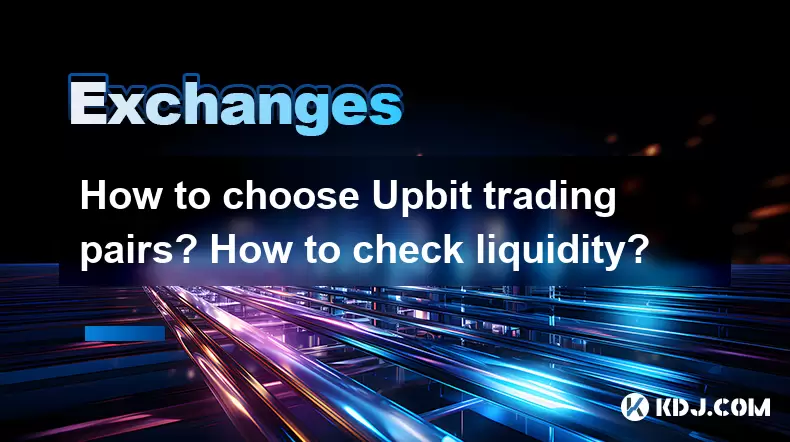
Choosing the right trading pairs on Upbit, one of South Korea's largest cryptocurrency exchanges, is crucial for optimizing your trading strategy. Understanding the trading pairs and checking their liquidity are essential steps that can significantly impact your trading success. This article will guide you through the process of selecting trading pairs on Upbit and assessing their liquidity.
Understanding Upbit Trading Pairs
Upbit offers a wide range of trading pairs, which are essentially combinations of cryptocurrencies that can be traded against each other. The most common trading pairs on Upbit include KRW (South Korean Won) pairs, BTC (Bitcoin) pairs, and USDT (Tether) pairs. Each type of pair serves different purposes and caters to different trading strategies.
KRW pairs are typically used by traders who want to buy cryptocurrencies using their local currency. These pairs are popular because they offer direct access to the market without the need to convert other cryptocurrencies into KRW first.
BTC pairs are favored by traders who prefer to use Bitcoin as their base currency. Trading with BTC pairs can be advantageous if you believe in the long-term value of Bitcoin and want to diversify your portfolio with other cryptocurrencies.
USDT pairs are often used by traders who want to minimize exposure to market volatility. Since USDT is pegged to the US dollar, these pairs provide a more stable trading environment compared to other cryptocurrencies.
How to Choose the Right Trading Pair
When choosing a trading pair on Upbit, several factors should be considered:
- Trading Volume: High trading volume indicates a liquid market, which can lead to better price execution and lower slippage.
- Volatility: Depending on your trading strategy, you might prefer pairs with high volatility for potential quick gains or low volatility for more stable trades.
- Fees: Different trading pairs may have different fee structures. Always check the fee schedule on Upbit to ensure you are not paying more than necessary.
- Market Sentiment: Keeping an eye on market sentiment can help you choose pairs that are likely to perform well based on current trends and news.
To select a trading pair on Upbit, follow these steps:
- Log into your Upbit account and navigate to the trading section.
- Use the search bar to find the cryptocurrency you are interested in trading.
- Select the trading pair you want to use (e.g., BTC/KRW, ETH/BTC, etc.).
- Review the pair's performance by looking at the chart and trading volume.
Checking Liquidity on Upbit
Liquidity is a critical factor in trading, as it affects how easily you can buy or sell a cryptocurrency without causing a significant price change. To check the liquidity of a trading pair on Upbit, you need to look at the order book and trading volume.
The order book shows the current buy and sell orders for a trading pair. A deep order book with many orders at various price levels indicates high liquidity. Conversely, a shallow order book with few orders suggests low liquidity.
Trading volume is another important indicator of liquidity. High trading volume means that a lot of buying and selling is happening, which typically results in better liquidity. You can find the trading volume on the Upbit trading page for each pair.
To check the liquidity of a trading pair on Upbit, follow these steps:
- Navigate to the trading page for the pair you are interested in.
- Look at the order book on the right side of the trading page. The order book shows the current buy and sell orders.
- Check the trading volume displayed on the trading page. This is usually shown as a 24-hour volume.
Using Upbit's Tools for Liquidity Analysis
Upbit provides several tools that can help you analyze liquidity more effectively. The depth chart is particularly useful for visualizing the liquidity of a trading pair. The depth chart shows the cumulative volume of buy and sell orders at different price levels, giving you a clear picture of the market's liquidity.
To use the depth chart on Upbit:
- Go to the trading page for the pair you want to analyze.
- Click on the "Depth" tab next to the chart. This will display the depth chart for the selected pair.
- Analyze the chart to see where the bulk of the orders are placed. A steep curve indicates low liquidity, while a gradual curve suggests high liquidity.
Factors Affecting Liquidity
Several factors can affect the liquidity of a trading pair on Upbit. Market conditions, trading hours, and regulatory news can all impact liquidity. For instance, liquidity might be higher during peak trading hours and lower during off-peak times. Additionally, significant regulatory news can cause sudden shifts in liquidity as traders adjust their positions.
Market conditions such as bull or bear markets can also influence liquidity. In a bull market, increased trading activity can lead to higher liquidity, while in a bear market, liquidity might decrease as traders become more cautious.
Trading hours are another important factor. Liquidity tends to be higher during the Asian trading session, given that Upbit is a South Korean exchange. However, liquidity can also be affected by global trading hours, especially during the overlap of major trading sessions.
Regulatory news can have a significant impact on liquidity. Positive regulatory developments can boost liquidity by attracting more traders, while negative news can cause liquidity to dry up as traders exit the market.
FAQs
Q: Can I trade all cryptocurrencies on Upbit with KRW?
A: No, not all cryptocurrencies on Upbit are available for trading with KRW. Some cryptocurrencies might only be available for trading with BTC or USDT. Always check the available trading pairs for the cryptocurrency you are interested in.
Q: How often does Upbit update its order book?
A: Upbit updates its order book in real-time. However, the exact frequency can vary based on market conditions and trading activity. You can see the most current order book data on the trading page.
Q: Does Upbit charge different fees for different trading pairs?
A: Yes, Upbit has different fee structures for different trading pairs. Typically, trading fees are lower for KRW pairs compared to BTC or USDT pairs. Always check the fee schedule on Upbit before trading.
Q: Can I use Upbit's mobile app to check liquidity?
A: Yes, you can use Upbit's mobile app to check liquidity. The app provides access to the same trading tools and data as the desktop version, including the order book and trading volume.
Disclaimer:info@kdj.com
The information provided is not trading advice. kdj.com does not assume any responsibility for any investments made based on the information provided in this article. Cryptocurrencies are highly volatile and it is highly recommended that you invest with caution after thorough research!
If you believe that the content used on this website infringes your copyright, please contact us immediately (info@kdj.com) and we will delete it promptly.
- Grayscale, Altcoin Trust, and Mid-Cap Mania: What's the Deal?
- 2025-08-03 08:50:16
- XRP, ADA, and the Altcoin Evolution: What's Hot and What's Next
- 2025-08-03 08:30:16
- HBAR Price Check: Will Monthly Gains Hold at This Resistance Level?
- 2025-08-03 08:30:16
- Bitcoin, Cryptos, and Retirees: A New Era of Investment?
- 2025-08-03 08:50:16
- BlockDAG's Presale Power & Active Miners: A New York Minute on Crypto's Hottest Trend
- 2025-08-03 08:55:25
- BlockDAG Presale Heats Up: SUBBD Trails as Innovation Meets Execution
- 2025-08-03 09:00:16
Related knowledge
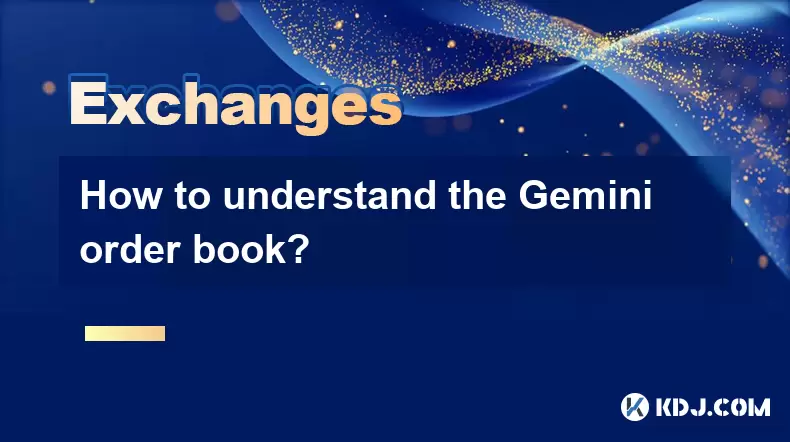
How to understand the Gemini order book?
Aug 02,2025 at 03:35pm
What Is the Gemini Order Book?The Gemini order book is a real-time ledger that displays all open buy and sell orders for a specific cryptocurrency tra...
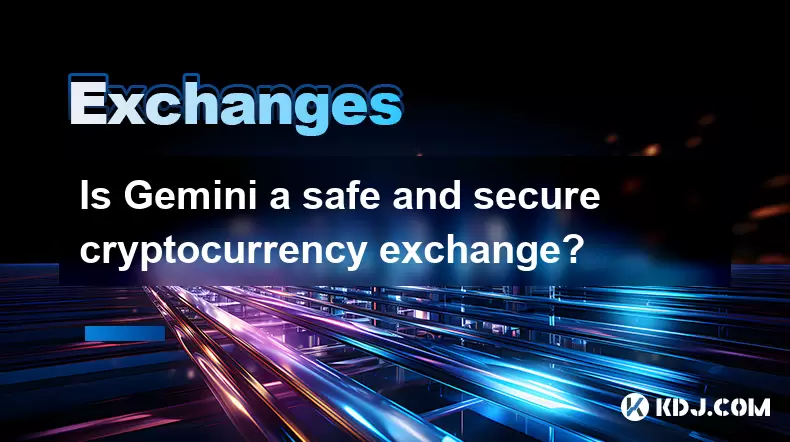
Is Gemini a safe and secure cryptocurrency exchange?
Aug 02,2025 at 10:42pm
Understanding Gemini’s Regulatory ComplianceGemini is a New York State-chartered trust company, which places it under the supervision of the New York ...
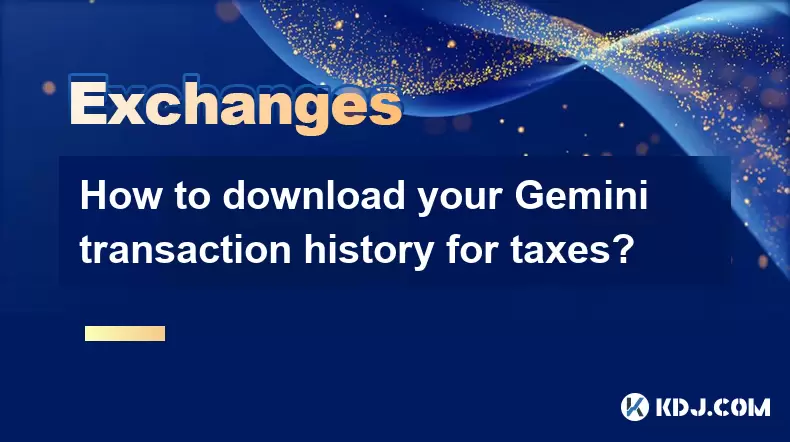
How to download your Gemini transaction history for taxes?
Aug 03,2025 at 09:15am
Understanding Gemini Transaction History for Tax PurposesWhen preparing your cryptocurrency tax filings, having a complete and accurate record of all ...
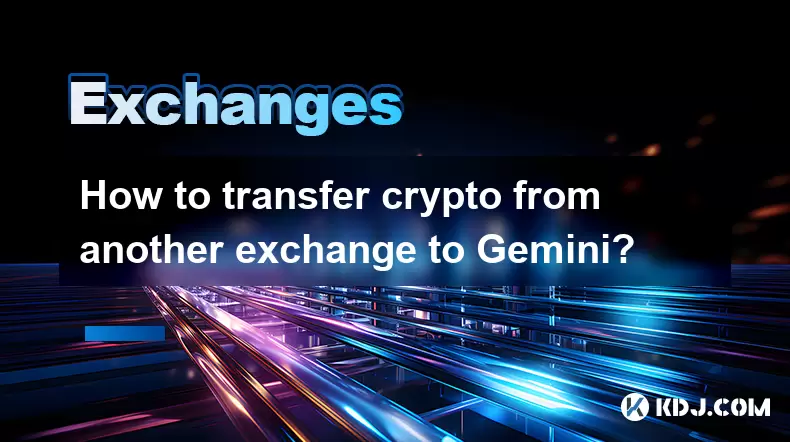
How to transfer crypto from another exchange to Gemini?
Aug 02,2025 at 07:28pm
Understanding the Basics of Crypto Transfers to GeminiTransferring cryptocurrency from another exchange to Gemini involves moving digital assets from ...
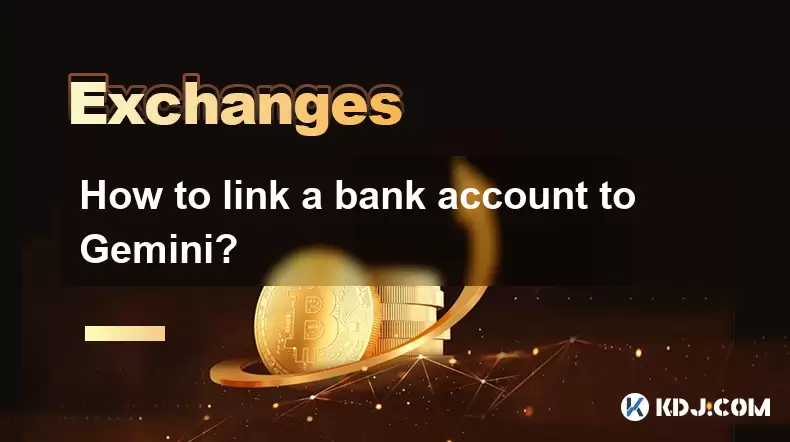
How to link a bank account to Gemini?
Aug 03,2025 at 08:15am
Understanding Gemini and Bank Account IntegrationGemini is a regulated cryptocurrency exchange platform that enables users to buy, sell, trade, and st...

How to sell cryptocurrency on Gemini?
Aug 02,2025 at 05:07pm
Understanding the Gemini Platform and Account SetupBefore selling cryptocurrency on Gemini, it’s essential to ensure you have a fully verified account...

How to understand the Gemini order book?
Aug 02,2025 at 03:35pm
What Is the Gemini Order Book?The Gemini order book is a real-time ledger that displays all open buy and sell orders for a specific cryptocurrency tra...

Is Gemini a safe and secure cryptocurrency exchange?
Aug 02,2025 at 10:42pm
Understanding Gemini’s Regulatory ComplianceGemini is a New York State-chartered trust company, which places it under the supervision of the New York ...

How to download your Gemini transaction history for taxes?
Aug 03,2025 at 09:15am
Understanding Gemini Transaction History for Tax PurposesWhen preparing your cryptocurrency tax filings, having a complete and accurate record of all ...

How to transfer crypto from another exchange to Gemini?
Aug 02,2025 at 07:28pm
Understanding the Basics of Crypto Transfers to GeminiTransferring cryptocurrency from another exchange to Gemini involves moving digital assets from ...

How to link a bank account to Gemini?
Aug 03,2025 at 08:15am
Understanding Gemini and Bank Account IntegrationGemini is a regulated cryptocurrency exchange platform that enables users to buy, sell, trade, and st...

How to sell cryptocurrency on Gemini?
Aug 02,2025 at 05:07pm
Understanding the Gemini Platform and Account SetupBefore selling cryptocurrency on Gemini, it’s essential to ensure you have a fully verified account...
See all articles

























































































